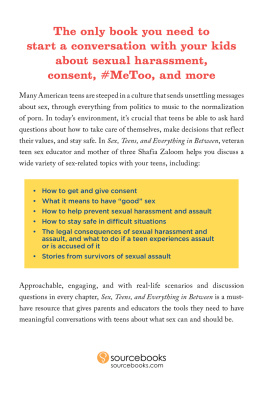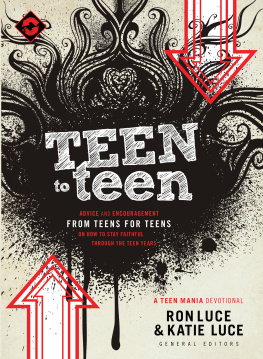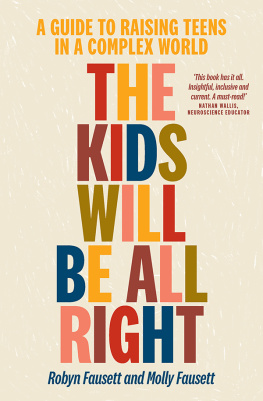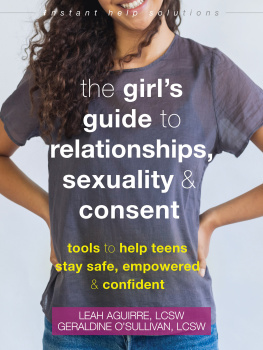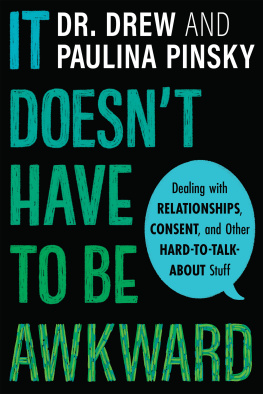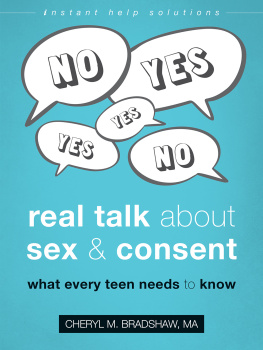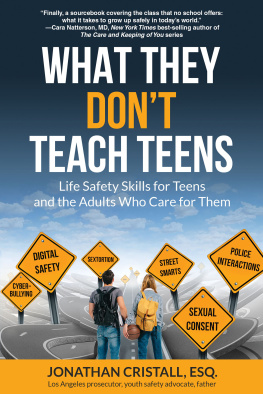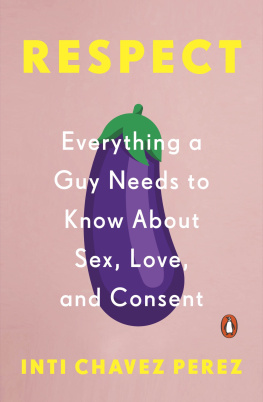Copyright 2019 by Shafia Zaloom
Cover and internal design 2019 by Sourcebooks
Cover design by Zoe Norvel
Sourcebooks and the colophon are registered trademarks of Sourcebooks, Inc.
All rights reserved.
This publication is designed to provide accurate and authoritative information in regard to the subject matter covered. It is sold with the understanding that the publisher is not engaged in rendering legal, accounting, or other professional service. If legal advice or other expert assistance is required, the services of a competent professional person should be sought.From a Declaration of Principles Jointly Adopted by a Committee of the American Bar Association and a Committee of Publishers and Associations
This book is not intended as a substitute for medical advice from a qualified physician. The intent of this book is to provide accurate general information in regard to the subject matter covered. If medical advice or other expert help is needed, the services of an appropriate medical professional should be sought.
All selections are copyright to the contributors.
The vignettes in this book are both composite and actual stories of individuals and couples. Names have been changed for purposes of anonymity.
All brand names and product names used in this book are trademarks, registered trademarks, or trade names of their respective holders. Sourcebooks is not associated with any product or vendor in this book.
Published by Sourcebooks
P.O. Box 4410, Naperville, Illinois 60567-4410
(630) 961-3900
sourcebooks.com
Library of Congress Cataloging-in-Publication data is on file with the publisher.
To my students and children,
for being my greatest teachers and inspiration.
Table of Contents
Foreword
By Mike Riera, PhD
Author of Staying Connected to Your Teenager Head of School at the Brentwood School
Most parents of teenagers live in dreaded anticipation of having The Talk. Indeed, some pass altogether on this essential dialogue and count on schools to cover this spectacularly uncomfortable conversation. Others have this lecture one time and in a one-way dialogue, like Sergeant Joe Friday: Just the facts, maam. Trust me, nothing memorable comes from this approach other than mutual discomfort and tacit agreement to end the talk as soon as possible. Still others assume a level of pre-understanding in their teenagers and typically offer a few throwaway lines akin to Just let me know if you have any questions. This places all of the anxiety with the teenager, which is exactly where it does not belong. Without solid information, teenagers are prone to act on both the need to socially fit in with their peers and the influence of their hormones. Thats a volatile mix at best.
In an ideal world, our children have these conversations with trusted adults in a variety of contexts: home, school, physicians offices. More than anything, they need to be ongoing dialogues, not just one-time talks. In schools the conversations are with trained adults and at regular intervalsin human development classes and various health presentations. The same is true in physicians offices, as the annual checkup provides an ideal time. But this is not the case at home, with parents. To begin with, parents need to make the time and broach the subject, which, no matter how you cut it, is awkward. Personally, I have always counted on the car for these conversations, because when sitting side-by-side there is minimal eye contact. Best of all, we are in a sealed environment with no way outfor either of us! On top of this inherent discomfort is the reality that compared to the professionals, we are significantly underprepared in terms of our contemporary base of knowledge. Despite this stacked deck, having these conversations at home with the people who are raising them and love them the most is much more important and impactful than with the other professionals in their lives. Welcome to parenting teenagers!
While the list of all the wrong ways to approach this topic could go on and on, the reality is that there is only one right way to address this topic at home, and that is through the parent-child relationship in dialogue with one another. This means that once the conversations get going there are no scripts to follow. There is no playbook. Whenever these interactions are productive it is because of mutual respect and vulnerability.
Fortunately, Shafias book comes to the rescue. While her words will not necessarily relieve your anxiety about these conversations, they will prepare you for the questions that your teenager comes back to you with, as well as follow-up questions on your end.
I have known Shafia professionally and personally for over twenty years, and her understanding and care for teenagers is palpable. I have marveled watching her engage a room full of young people discussing the intricacies of relationships, biology, and desire. She is courageous, knowledgeable, and, as this book will reveal, humble. As a result, teenagers open up to Shafia in ways unimaginable to most adults. For the reader, this is a gift, as this book takes the express route into the minds of todays teens on the topic most near and dear to them, sexual relationships. Trust me, whether you realize it or not, you have a lot to learn, and this book covers it all.
Finally, understand that while having these conversations with your teenager is important to their well-being, they are also essential to your ongoing relationship with them. When you venture into this arena, they will recognize how uncomfortable you are, which will prove yet again how much you love them. Plus, years later, sitting around the family dinner table, it will make for some great storytelling!
Introduction
My daughters phone is on the table next to me when I hear it pinga text message from a friend. I glance over at it.
Damn girl, Jason writes. Nice legs. When do they open?
I freeze. Mei Lan is only twelve years old, and she and Jason have been buddies since kindergarten.
Why did Jason text that to you? I ask her as she takes the phone. That is so disrespectfulnot OK!
She drops the cellphone in her backpack and strides off to her room, swinging her blond pigtails. Chill out, Mom. She turns and smiles at me. Its a joke, no big deal. Hes just being a guy.
I am stunned by Jasons text. I love him. Hes a great kid, and his parents are close to us. Besides, both he and Mei Lan are so young!
Five years later, thinking back on that shocking moment, I know he was just parroting some lines he heard in a movie or video gameand that Mei Lan was doing what the culture teaches girls to do: dont push back, dont be assertive, dont make a fuss.
They were only playacting at twelve, but these days, at seventeen, Mei Lan, Jason, and many American teens are steeped in a culture that glamorizes sexual aggression and hooking up without emotional connection. Its tough to make good choices in an atmosphere that normalizes porn, conducts personal relations on impersonal screens, and hypersexualizes every aspect of popular culture. Our kids are bombarded with messages about sex and relationships online and from Snapchat and Instagram, as well as from their friends, movies, songs, ads, video games, and TV. When I saw my nine-year-old, Maddie, twerking and singing my milkshake brings all the boys to the yard as she pulled on her pajamas, or heard my fifteen-year-old, Kyle, yell take that, bitch! while playing a video game, I knew that I have to keep talking to them regularly about sex, relationships, and values.

